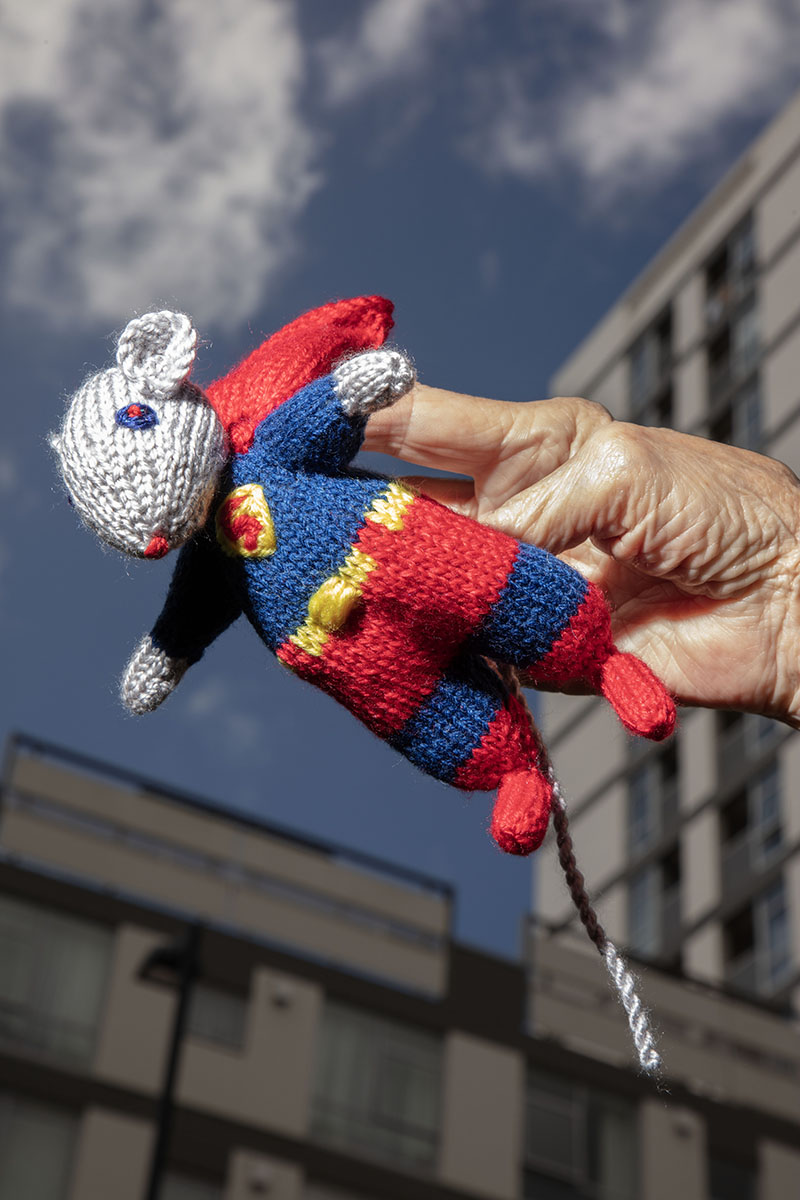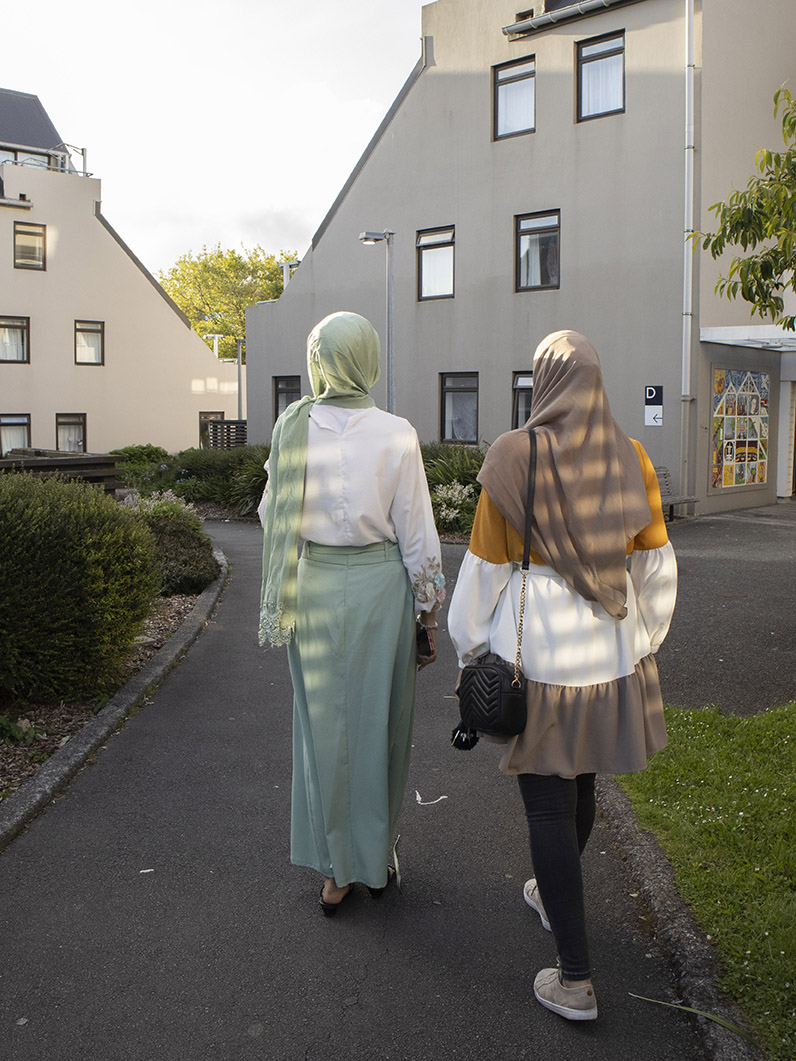David Cook and Anna Brown
Ilam School of Fine Arts Gallery, Ilam Campus Gallery,
Fine Arts Lane, off Clyde Rd
23 April – 14 May (opening event 1 May).
Where we live, brings together three community art projects from David Cook and Anna Brown, documenting and celebrating the “experiences, dreams and protests of citizens who want their housing stories to be known.”
Professor Anna Brown is the founder and research lead of Toi Āria: Design for Public Goodat Toi Rauwhārangi, College of Creative Artsat Massey University, and in association with Cook, they have conceived three projects as both Ilam alumni and researchers from Massey University.
As artist in residence in 2024 at Te Matatiki Toi Ora The Arts Centre, photographer David Cook’s in development project titled, Homes for All, addressed our housing crisis through the lived experiences of seniors and kaumātua. Cook is working with questions around social housing in the city and its residents. Cook and his collaborators ask; why aren’t we having conversations about what really matters in the housing sector?
Cook and Brown began the project Ko te Reo ō Ngā Tāngata — The People’s Voice,engaging thirty Wellington social housing tenants as an editorial team of writers, poets, photographers, artists and a crossword maker. First exhibited in the Wellington’s Courtenay Place Light Boxes, the project was then conceived as a newspaper with an impressive distribution of 32,000 copies, giving social and creative voice to Wellington’s diverse social housing population — a sector who are overly spoken for and misrepresented in the media.


The newspaper inspired by a long tradition in grassroots independent newsprint publishing, sought to give space and expression to those we hear from the least. Indeed, here are voices as honest as open in their conversations as they are moving and impossible to forget. Writer Rosalina Ngakopu comments: “I would like to see my taxpayer money invested back into our city housing communities for sustainability and secured homes for all city housing tenants,” andWesley Gyles-Bedford states: “I live in Newtown Park Apartments. With the higher rents council charges us I see a lot of people struggling to do some basic things like get their groceries home… [and] would like to put on events for neighbours and the kids that live in the complex.”
The second project,Ka Mua Ka Muri (2024) developed by Brown and Tai Rāwhiti local Renee Raroa, was a place-based creative project exploring even-handed transitions for whenua and whānau, highlighting the impact of climate resilience on housing and community well-being. Reflecting on the anniversary of Cyclone Gabrielle’s devastation of the East Coast in February 2023, a commemorative series of events were developed with communities around the region, its agenda“envisioning a resilient future.” The Creative Communities event brought together local artists with visiting artists, designers, and writers who collaborated together over three action-packed days.
One of the ten project teams, Repair Reflair, was composed of local artists Jo McKay, Katy Wallace and Lina Marsh, with David Cook as photographer. Over the course of the weekend the team explored concepts relating to the circular economy. Working with locally sourced secondhand materials and whanau relationality, they crafted an up-cycled tent as a poetic response to the housing crisis.
For their exhibition at the Ilam Campus Gallery, thenewspapers will be presented on the walls, giving attention to the premise of a newspaper as a means of communication available to everybody. “When housing hits the headlines we hear stories of deficit, dysfunction and blame delivered by experts and political leaders. But where are the citizen voices? Can creativity play a role in addressing this media bias?” Where we live shows how socially engaged creative practice can tackle these tough questions.
